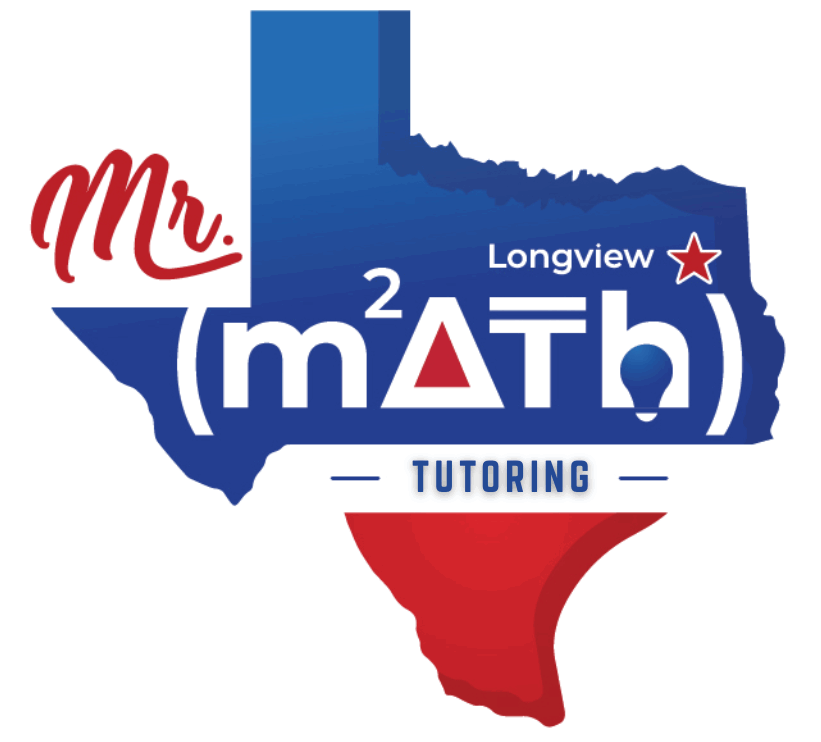Currently Empty: $0.00
About Course
Unlock the power of calculus by diving deep into the very heart of instantaneous change. In this focused mini-course, you’ll journey from the intuitive notion of “rate of change” all the way to the formal limit definition of the derivative, then conquer every fundamental shortcut—constant, power, sum/difference, and constant-multiple rules. You’ll finish by exploring higher-order derivatives for polynomials, gaining insights into acceleration and concavity. Packed with real-world analogies, step-by-step derivations, and targeted practice, this module lays the bedrock for AP Calculus AB success and every application you’ll face beyond.
Course Content
1. Conceptual Foundations of the Derivative
-
1.1 Secant Line & Average Rate of Change
-
1.2 Tangent Line & Instantaneous Rate of Change
-
1.3 Notation & Interpretation: f′(x), dy/dx, Leibniz vs. Lagrange




